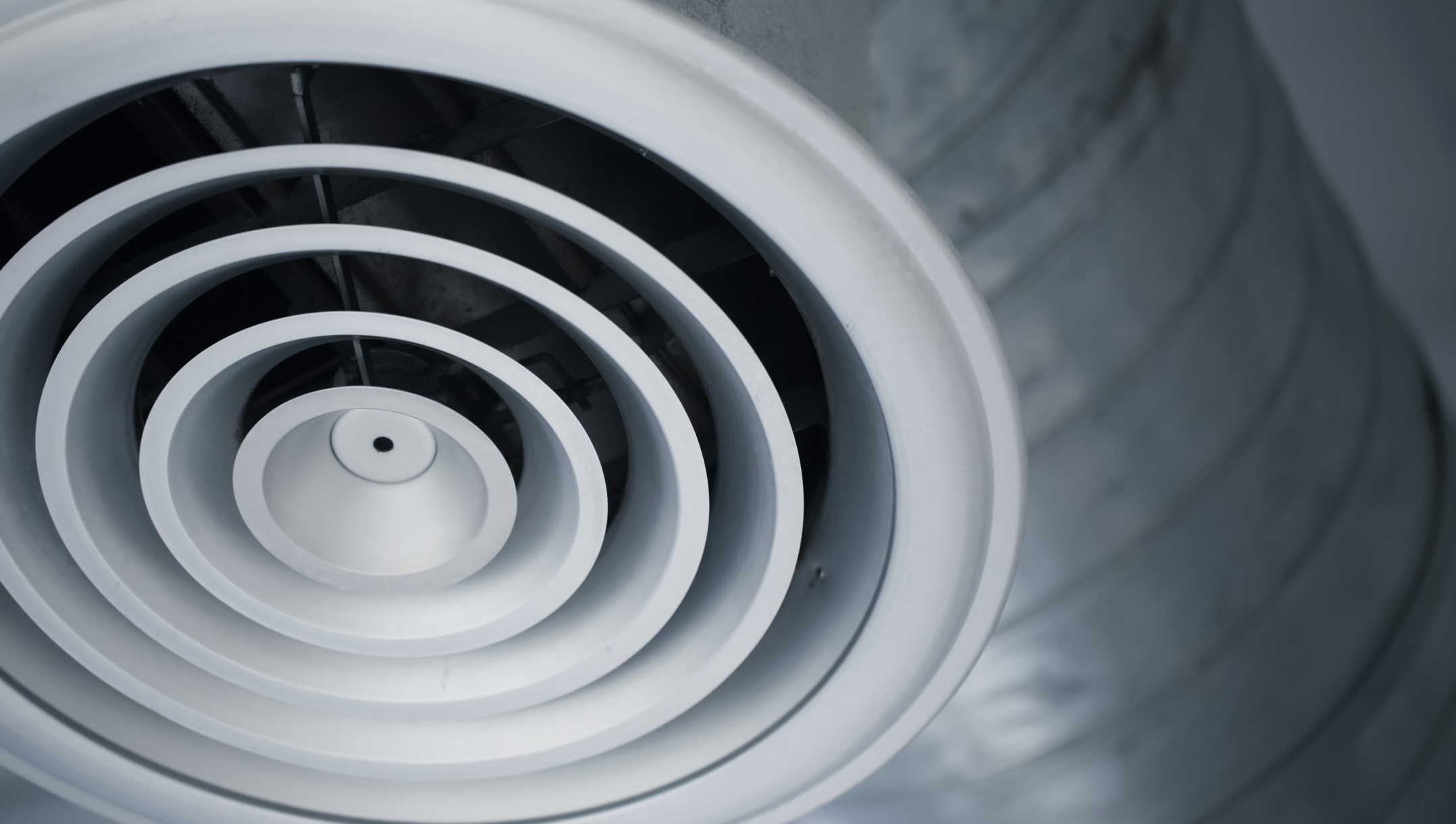Smart Ventilation
A stochastic numerical model to analyse and project natural ventilation flows of different building floor plans under various wind conditions

Mechanical ventilation of buildings accounts for as much as 40% of energy use in commercial buildings and office spaces, this has significant costs and globally commercial ventilation produces over 7.2 million tons of greenhouse gases per annum.
AIBUILD is working with the University of Melbourne on a Smart Ventilation project. Upon completion, this project will promote utilising natural ventilation in Australian buildings, by modification of existing buildings and mindful design of new constructions. This is particularly relevant to the Australian building industry as Australia has one of the best natural ventilation potentials in the world.
Australian workers will benefit from indoor environments which are designed to maximise their health and wellbeing. Australian industries will benefit in two ways, first from the increased productivity of a healthier workforce. Second, they will benefit from increased competitiveness through long-term cost-saving by reducing the operating expense of commercial and office buildings. Furthermore, the outcomes of this research will place Australian building industries at the forefront of sustainable infrastructure design and construction and enhance our competitiveness in the global market as an innovative natural ventilation solutions provider.
Indoor air pollutants and air-conditioning related diseases are major threats to our health. Especially under the pandemic, the urgency of adopting natural ventilation in place of recycled-air mechanical ventilation is highlighted.
A natural ventilation system reduces energy usage and allows for lower expenditure on building operation costs.
Using natural ventilation systems also benefits the Australian environment by reducing greenhouse gas emissions, as a direct result of reduced energy consumption for mechanical ventilation.